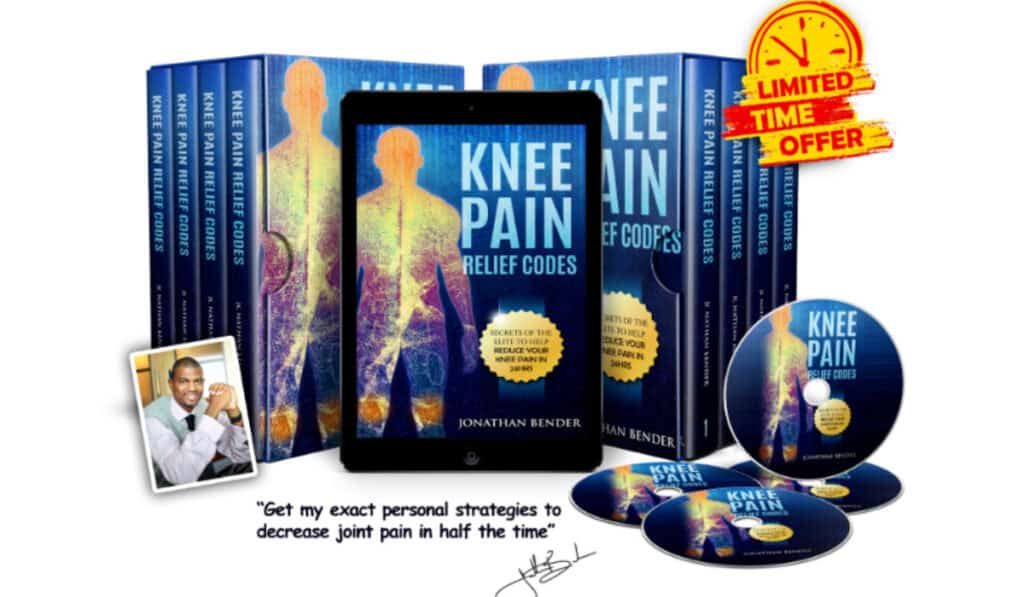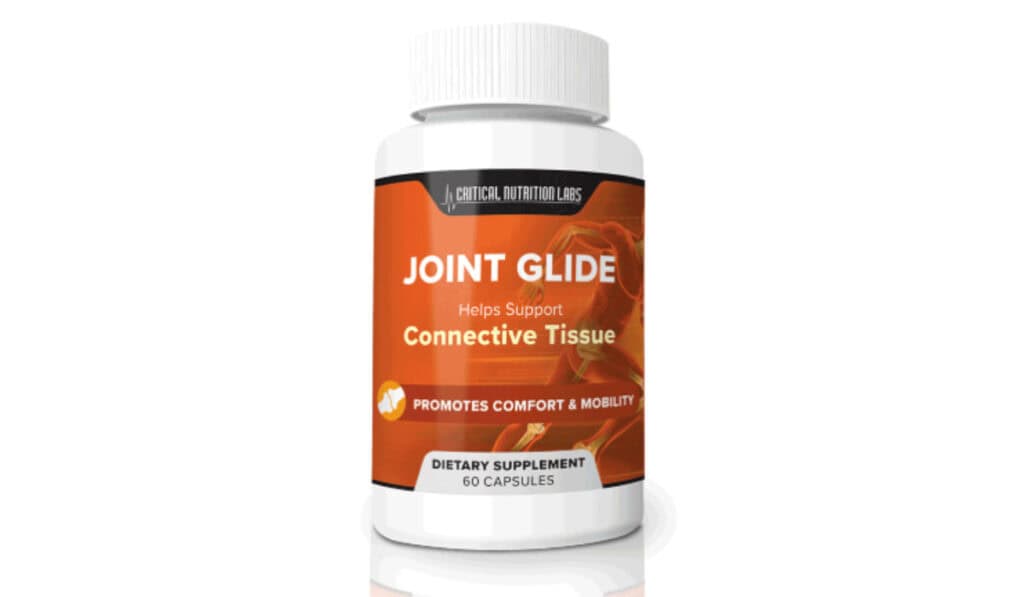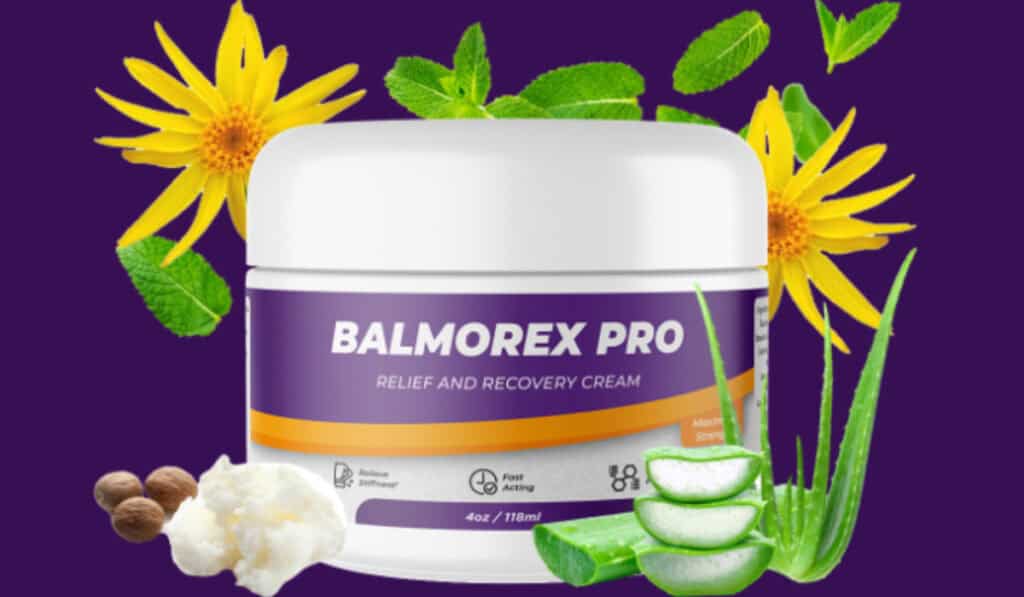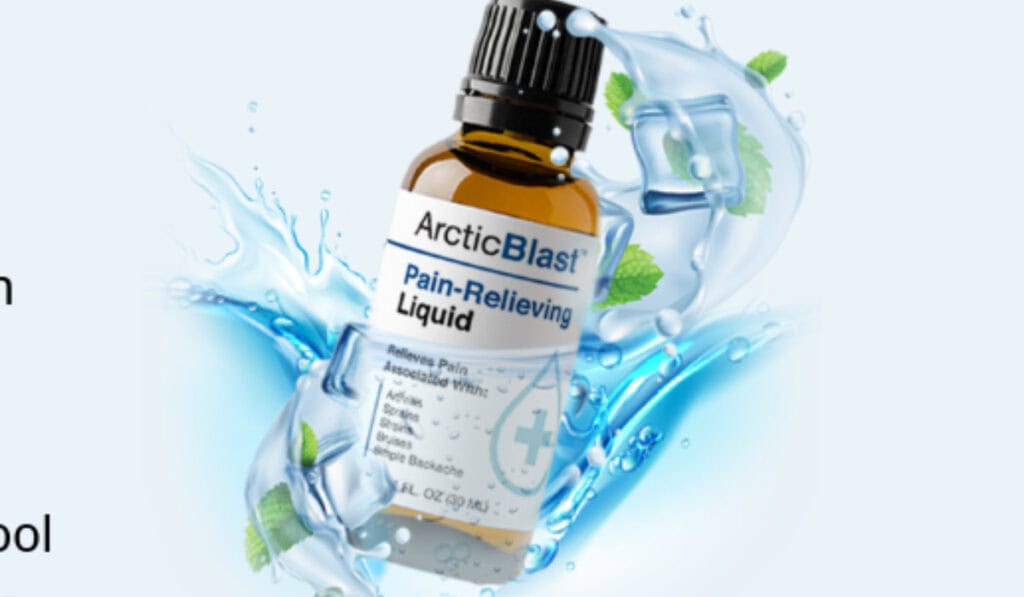Which is Better for Joint Recovery? Unveiling the Most Effective Approach
When it comes to joint recovery, you might wonder if physical therapy or strength training is the better option. Each approach offers unique benefits, but understanding their differences is key to choosing the right path for your recovery journey. Whether you’re recovering from an injury or looking to improve joint health, knowing which method suits your needs can lead to more effective healing and stronger joints.
Joint pain can be debilitating, affecting your daily activities and overall quality of life. Both physical therapy and strength training play critical roles in managing joint pain and improving joint function. By exploring the fundamentals of joint recovery, you’ll be equipped to make informed decisions about your health and wellness.
Understanding Joint Recovery Fundamentals
At the core of joint recovery is the understanding that both joints and muscles need attention to heal and strengthen properly. Whether you’re dealing with arthritis pain or recovering from an injury, knowing how to support your body’s natural healing process is crucial. This involves a combination of rest, targeted exercises, and sometimes, lifestyle adjustments.
The Role of Exercise in Easing Arthritis Pain and Stiffness
Exercise is not just about staying fit; it’s a critical component in managing arthritis pain and stiffness. By engaging in regular physical activity, you can maintain joint flexibility, reduce pain, and improve your overall health.
Why Exercise is Crucial
Regular exercise helps in keeping joints and muscles flexible and strong. It not only reduces joint pain but also combats fatigue. When you keep moving, your joints are less likely to stiffen, leading to a decrease in arthritis symptoms. Exercise also boosts your mood and overall sense of well-being, making it easier to manage arthritis.
Exercises to Consider for Arthritis
For those with arthritis, specific exercises can make a significant difference. Low-impact activities like swimming, walking, and yoga are excellent for maintaining joint health without putting too much stress on the body. Strength training, when done correctly, can also support joint stability by strengthening the muscles around the joints, offering additional support and reducing the burden on your joints.
The Necessity of Consulting Healthcare Providers Before Beginning Exercise
Before starting any new exercise regimen, it’s crucial to consult with healthcare providers. They can offer guidance tailored to your specific needs and conditions, ensuring your safety and the effectiveness of your exercise program.
Precautions and Tips to Protect Your Joints
To protect your joints during exercise, start slowly and increase intensity gradually. Use supportive devices if necessary, and always warm up before and cool down after your workouts. Listen to your body and stop any activity that causes pain, opting for exercises that keep your joints and muscles moving without added strain.
Diving Into Physical Therapy for Joint Recovery
Physical therapy represents a cornerstone of effective recovery for individuals suffering from joint issues. It encompasses a range of techniques and exercises designed to restore mobility, reduce pain, and improve overall function.
Exercise Therapy: A Keystone in Physical Therapy
Exercise therapy is vital in physical therapy, focusing on pain relief and enhancing joint function. The Centers for Disease Control and Prevention highlight its importance in managing symptoms and improving quality of life. A well-rounded treatment plan, incorporating strength training, can mitigate wear and tear, lower the risk of injury, and assist patients in performing daily tasks more efficiently.
Range-of-Motion Exercises
Range-of-motion exercises are designed to increase flexibility and mobility in the joints. These exercises help maintain or improve the movement in your joints, making it easier to perform daily tasks and reducing stiffness and pain. They are a fundamental part of any physical therapy program aimed at recovering joint health.
Strengthening Exercises
Strengthening exercises play a crucial role in supporting the joints by building muscle. Stronger muscles help stabilize and protect the joints, reducing the burden on them and alleviating pain. Incorporating these exercises into your routine can significantly enhance joint function and durability over time.
The Importance of Personalized Exercise Programs
Every individual’s body is unique, making personalized exercise programs essential for effective recovery. Tailored to your specific condition and recovery goals, these programs ensure you’re performing the right exercises at the right intensity to support your joints.
Tailored Programs for Individuals with Arthritis
The Arthritis Foundation emphasizes the value of exercise programs specifically designed for those with arthritis. These tailored programs focus on reducing joint pain, enhancing mobility, and improving quality of life without exacerbating symptoms. By working closely with healthcare professionals, individuals can engage in safe, effective exercises that support joint health and recovery.
Examining the Benefits of Strength Training in Joint Recovery
Strength training is not just for athletes; it plays a critical role in joint recovery, offering benefits that extend well beyond muscle building. By focusing on strengthening the muscles surrounding the joints, individuals can improve stability, reduce pain, and enhance recovery outcomes.
Strength Training After Joint Replacement Surgery: Enhancing Recovery
Following joint replacement surgery, strength training becomes an integral part of the recovery process. It aids in rebuilding muscle mass lost during recovery, improving functional outcomes, and speeding up the return to daily activities.
How Strength Training Improves Functional Outcomes
Strength training plays a crucial role in enhancing functional outcomes, especially after knee replacement. By engaging in physical therapy exercises tailored to strengthen the muscles around the joint, patients can see a significant improvement in their ability to perform daily activities. The focus on rebuilding muscle not only supports the joint itself but also contributes to overall mobility and stability, making tasks that were once challenging, more manageable.
Incorporating Resistance Training to Boost Muscle Mass
Resistance training is a powerful tool to help patients regain muscle mass lost due to inactivity or the surgical procedure itself. By carefully applying resistance through various forms of exercise, individuals can stimulate muscle growth around the affected joint. This increase in muscle mass is vital for supporting and protecting joints, thereby enhancing the recovery process and contributing to a quicker return to normal activities.
Best Practices for Implementing Strength Training
When starting strength training, it’s crucial to begin with exercises that match your current fitness level and gradually increase the intensity.
Starting Slow and Focusing on Flexibility
Beginning your strength training journey with resistance bands, bodyweight exercises, and light weights is key to a successful recovery. These tools allow you to gently introduce your body to the concept of resistance, minimizing the risk of injury. Additionally, focusing on flexibility through these exercises ensures that you maintain a full range of motion, which is essential for joint health and recovery.
The Significance of Compound Movements and Core Exercises
Incorporating compound movements and core exercises into your routine can significantly impact your joint health and recovery. Compound movements, which involve multiple joints and muscle groups, are efficient for building strength and improving overall body mechanics. Core exercises, on the other hand, stabilize your midsection, which supports your entire body, including any joints that are recovering. Together, these exercises form a solid foundation for a robust recovery regimen.
Comparing Physical Therapy and Strength Training
Understanding the unique benefits of both physical therapy and strength training can guide you to the best approach for joint recovery.
Synergy in Recovery: Combining Physical Therapy with Strength Training
Combining physical therapy with strength training creates a powerful approach to overcoming joint issues. This combination helps alleviate chronic pain, relieve pain more effectively, and improve strength and mobility. Enhanced blood flow from exercise further aids in the healing process, making this combination a cornerstone of an effective recovery strategy.
The Integral Role of Mobility and Endurance in Joint Health
For individuals with knee replacement, focusing on both mobility and endurance is crucial. Strengthening the muscles around your hip and knee through targeted exercises can significantly improve your strength and endurance. This dual focus not only aids in a quicker recovery but also contributes to the long-term health and functionality of your joints.
Evidence-Based Insights: What Research Shows About Both Modalities
Gathering insights from research helps inform the best practices for joint recovery.
Systematic Review Findings on Pain Reduction and Disability
Systematic reviews have shown that both physical therapy and strength training effectively reduce pain and disability in individuals with joint issues. These findings highlight the importance of incorporating both modalities into a recovery plan, as they complement each other and contribute to a more comprehensive approach to healing.
Practical Guidance for Joint Recovery
Navigating the path to recovery requires a well-rounded approach, including exercise and education.
Creating a Sustainable Exercise Regimen
Creating a balanced exercise routine is essential for long-term joint health.
The Balance Between Aerobic Exercise and Strength Training
A balanced exercise regimen that includes both aerobic exercise and strength training can significantly impact your joint recovery. Aerobic exercises, like walking or swimming, improve cardiovascular health and aid in weight management, while strength training strengthens the muscles surrounding your joints, providing them with better support. Together, these forms of exercise offer a comprehensive approach to improving joint health and functionality.
Navigating Recovery Post-Surgery with Strength Training
Focusing on regaining your functional capacity is crucial after surgery.
Lowering the Risk of Complications Through Informed Training Choices
By incorporating resistance training and paying close attention to body mechanics, you can enhance joint stability and reduce the risk of complications. Understanding the correct way to perform exercises ensures that you’re strengthening your muscles and joints without putting undue pressure on them, which is essential for a safe and effective recovery.
Tools and Resources for Recovery
Recovery from joint issues demands resources that align with your daily activities and recovery goals. Tools like resistance bands are safe and effective, promoting joint stability and allowing you to adjust your program as needed.
Utilizing External Citation Management for Continuous Learning
Staying updated with the latest research is key to an effective recovery. Utilizing external citation management tools can streamline this process.
Saving and Emailing Citations for Future Reference
When you find valuable studies or articles, saving and emailing citations to yourself can be incredibly helpful. This not only keeps your research organized but also ensures you have access to critical information that can guide your recovery process. By building a personalized library of recovery-related research, you’re better equipped to make informed decisions about your health.
Maximizing the Use of Full Text Links and Text Sources
Access to the right information can significantly impact your recovery. Maximizing the use of full text links and text sources is crucial.
Accessing and Sharing Valuable Research and Insights
Sharing research and insights with your healthcare provider can foster a more collaborative recovery effort. Accessing full-text articles and studies, then discussing these findings, can help tailor your recovery plan more effectively. This approach ensures that you’re leveraging the most current and relevant information in your journey towards joint health.
Concluding Thoughts on the Best Approach for Joint Recovery
Finding the best approach for joint recovery involves a combination of understanding, patience, and the right resources. Whether through physical therapy, strength training, or a mix of both, focusing on improved range of motion and restoring function is key. Tailoring the recovery process to fit your unique needs and goals ensures a more effective and fulfilling journey back to health.
Bridging the Gap Between Physical Therapy and Strength Training
A combination of strength training and physical therapy offers a comprehensive approach in managing arthritis and improving joint health. Specifically, for patients with knee osteoarthritis, targeting specific muscle groups through muscle strengthening within a therapy plan can be especially beneficial.
Making Informed Decisions Based on Individual Needs and Goals
Whether you’re recovering from hip and knee issues or a hip replacement, making informed decisions based on individual needs and goals is crucial. Understanding the benefits of both physical therapy and strength training can guide you in creating a balanced and personalized recovery plan. This approach not only supports healing but also empowers you to maintain your joint health over the long term.







